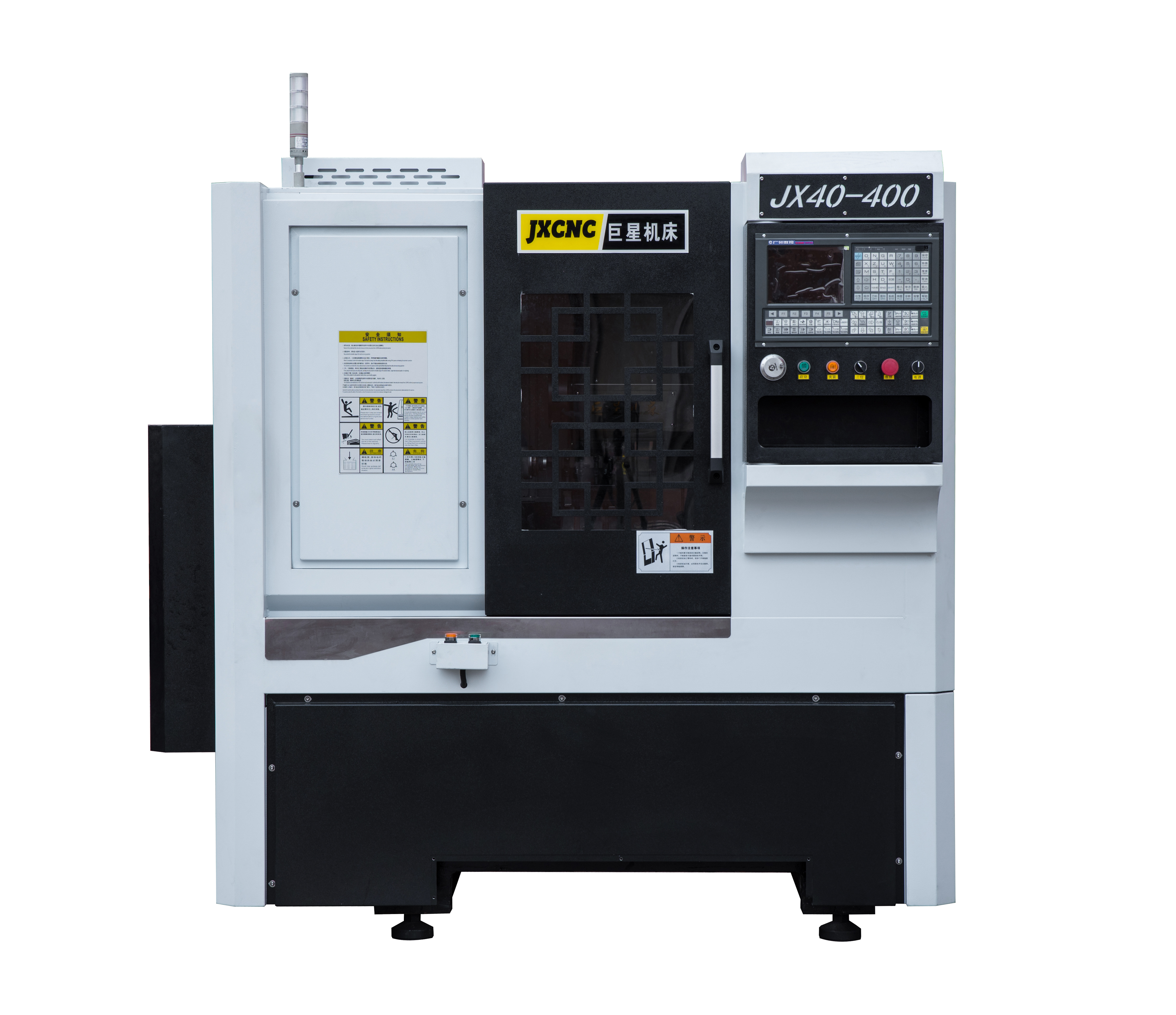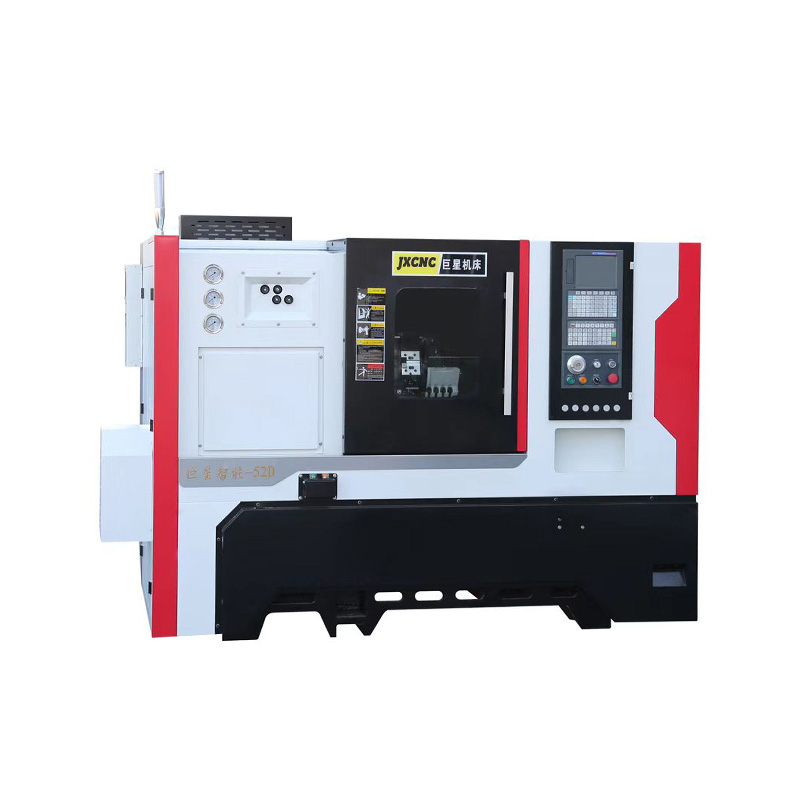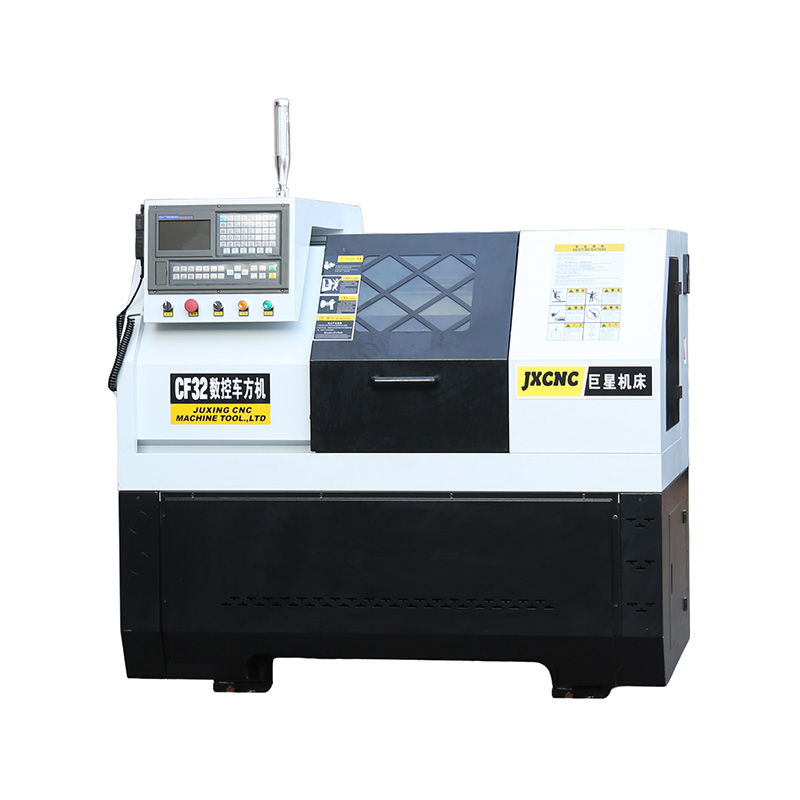CF32 Hydraulic Clamping CNC Polygon Turning Machine
Cat:Small Polygon Lathe
CF32 hydraulic clamping CNC polygon lathe is designed for milling small and medium-sized high-precision parts, which can mill square, octagonal, hexag...
See DetailsThe advent of Computer Numerical Control (CNC) technology has profoundly transformed the landscape of modern manufacturing, bringing levels of precision, repeatability, and efficiency to machining processes. At the heart of this revolution lies the CNC machine lathe factory, a versatile tool used primarily for shaping materials like metal, plastic, and wood by rotating the workpiece against a stationary cutting tool. The selection of an appropriate CNC lathe is a critical decision for any machine shop, and this choice is heavily influenced by the specific requirements of the production tasks.

Classification by Axis Configuration
One of the primary ways to categorize CNC lathes is by the number of axes they possess, which directly correlates to the complexity of the parts they can produce. The axis count determines the range of motion available for the cutting tools.
2-Axis Lathes: The fundamental type is the 2-axis lathe. It operates on the X and Z axes. The Z-axis moves along the length of the workpiece, while the X-axis moves radially, inward and outward. This configuration is perfectly suited for performing standard turning operations such as facing, tapering, and grooving. A typical CNC machine lathe factory produces a high volume of these reliable workhorses, as they form the backbone of many job shops for producing a wide array of simple, rotationally symmetric components like bushings and shafts.
Multi-Axis Lathes (3-Axis, 4-Axis, and more): For more complex geometries, multi-axis lathes are employed. A 3-axis lathe often adds a C-axis, which allows for precise rotational control of the spindle. This enables operations like milling and drilling off-center holes without unclamping the workpiece. When a second spindle or a live tooling turret is integrated, the machine becomes a 4-axis or even a 5-axis turning center. These advanced machines can complete a part in a single setup, significantly reducing production time and improving accuracy by eliminating errors that can accumulate from multiple fixture changes. The development of such sophisticated machinery is a key focus for an advanced CNC machine lathe factory.
Classification by Structure and Orientation
The physical design and orientation of the lathe also define its type and its suitability for specific applications, particularly concerning the size and weight of the workpieces.
Horizontal Lathes: This is the common and traditional design. The spindle is oriented horizontally, and the workpiece is held between a headstock and a tailstock. This configuration is mechanically stable and well-suited for a wide range of part lengths. The majority of standard CNC lathes, including 2-axis and many multi-axis models, are built on a horizontal platform. When you envision a standard lathe from a general-purpose CNC machine lathe factory, it is likely a horizontal model.
Vertical Lathes (VTLs): Vertical Turning Lathes (VTLs) hold the workpiece on a horizontal chuck that rotates on a vertical plane. This design is particularly advantageous for handling very heavy, large-diameter, and short parts. Gravity works to hold the workpiece securely on the chuck, simplifying the clamping process for massive components like large gears, turbine rotors, or wind turbine bearings. A specialized CNC machine lathe factory that caters to the energy, aerospace, or heavy equipment industries will often have a strong focus on manufacturing robust VTLs.
Classification by Function and Specialization
Beyond their basic structure, CNC lathes are further distinguished by their specialized functions, which are tailored for specific production volumes and part complexities.
Swiss-Type Lathes (Sliding Headstock Lathes): Swiss-type lathes are engineered for high-precision manufacturing of small, complex, and slender parts. Their unique design features a sliding headstock and a guide bushing. The bar stock is fed through the bushing, and the tool cuts the material very close to the support point. This minimizes deflection and allows for exceptionally tight tolerances, making them ideal for components used in the medical, aerospace, and electronics industries, such as screws, pins, and connectors. The production of a Swiss-type lathe requires a high degree of specialization from a CNC machine lathe factory.
Multi-Spindle Lathes: For the volumes of production, multi-spindle lathes are the efficient solution. These machines feature multiple spindles (e.g., four, six, or eight) arranged in a drum, each holding a workpiece. While one spindle is in the cutting position, the others are simultaneously in stages for loading, drilling, threading, and other operations. This allows for the simultaneous machining of multiple parts, dramatically increasing output rates for high-volume components like those needed in the automotive industry. The complexity of a multi-spindle lathe represents a significant engineering achievement for any CNC machine lathe factory.

